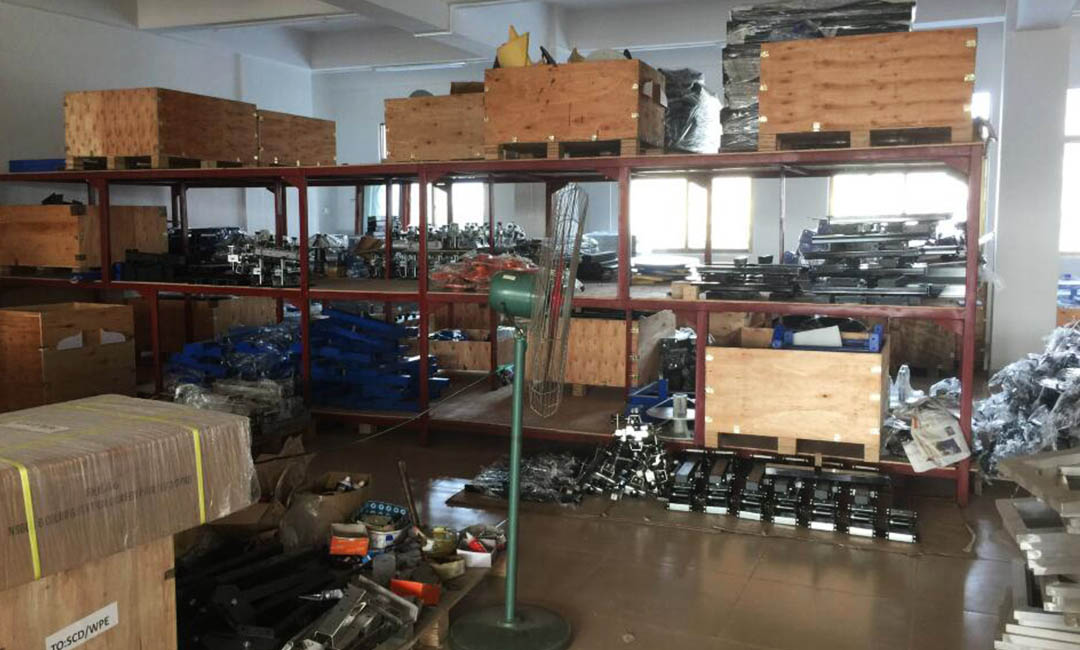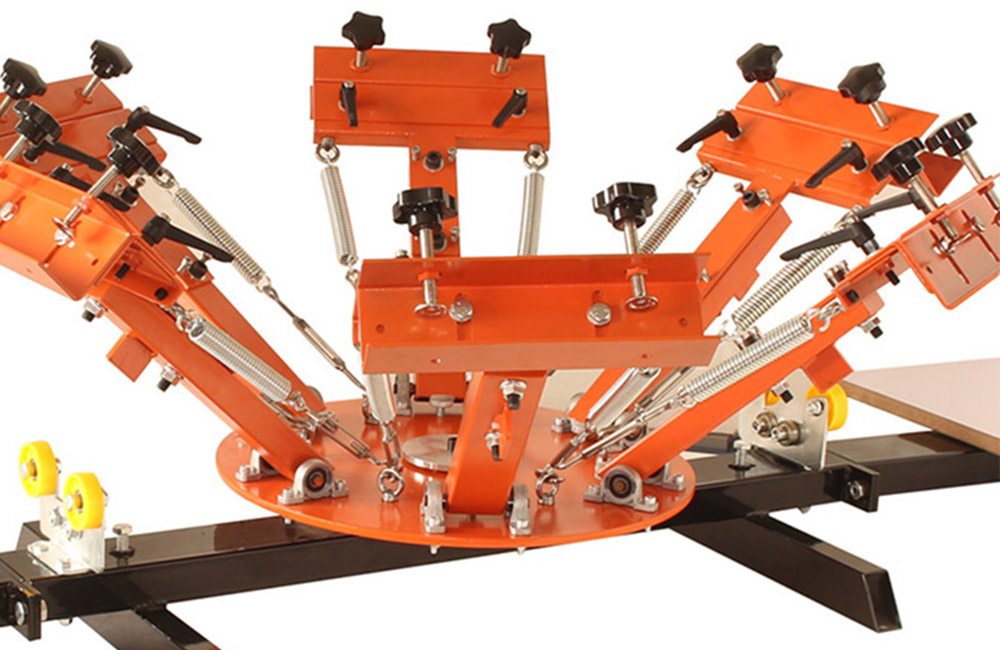Essential Screen Printing Supplies for Every Print Shop
Types of Screen Printing Screens
Screen printing is a popular method used in the print industry to create high-quality and durable prints. Whether you are starting a new print shop or looking to upgrade your existing equipment, it is essential to have the right supplies to ensure successful screen printing. One of the most crucial supplies for screen printing is the screen itself. In this article, we will discuss the different types of screen printing screens and their advantages.
The first type of screen printing screen is the aluminum frame screen. These screens are made from lightweight aluminum frames that are easy to handle and transport. Aluminum frames are known for their durability and resistance to warping, making them a popular choice among screen printers. They are also relatively inexpensive compared to other types of screens, making them a cost-effective option for small print shops or those on a tight budget.
Another type of screen printing screen is the wooden frame screen. These screens are made from sturdy wooden frames that provide excellent stability and support. Wooden frames are known for their longevity and ability to withstand repeated use. They are also ideal for larger print sizes as they can accommodate larger screens. However, wooden frames are more expensive than aluminum frames and require more maintenance to prevent warping or damage.

For those looking for a more advanced option, there are also metal frame screens available. These screens are made from stainless steel or other metals, providing superior durability and stability. Metal frame screens are ideal for high-volume printing or for printing on heavy substrates. They are also resistant to chemicals and solvents used in the screen printing process, making them a long-lasting investment. However, metal frame screens are the most expensive option and may not be necessary for all print shops.

In addition to the frame material, screen printing screens also come in different mesh counts. The mesh count refers to the number of threads per inch in the screen. A higher mesh count means more threads per inch, resulting in finer details and a smoother print. Lower mesh counts are suitable for printing on thicker materials or when a heavier ink deposit is desired. It is essential to choose the right mesh count based on the type of print job and the desired outcome.
When selecting screen printing screens, it is also crucial to consider the tension of the screen. Screen tension refers to the tightness of the screen fabric. Higher tension screens provide better control and more precise prints. However, they require more force to push the ink through the screen. Lower tension screens are easier to print with but may result in less accurate prints. It is important to find the right balance between tension and ease of use for optimal results.
In conclusion, having the right screen printing screens is essential for every print shop. Aluminum frames are a cost-effective option for small print shops, while wooden frames provide stability and longevity. Metal frame screens offer superior durability and are ideal for high-volume printing. Mesh count and screen tension are also important factors to consider when selecting screens. By choosing the right type of screen and mesh count, print shops can ensure high-quality and successful screen printing.
Pre: Maintaining Your Screen Printing Equipment for Long-Term Use
Next: Screen Printing Supplies: A Complete Checklist for Beginners
Tags: